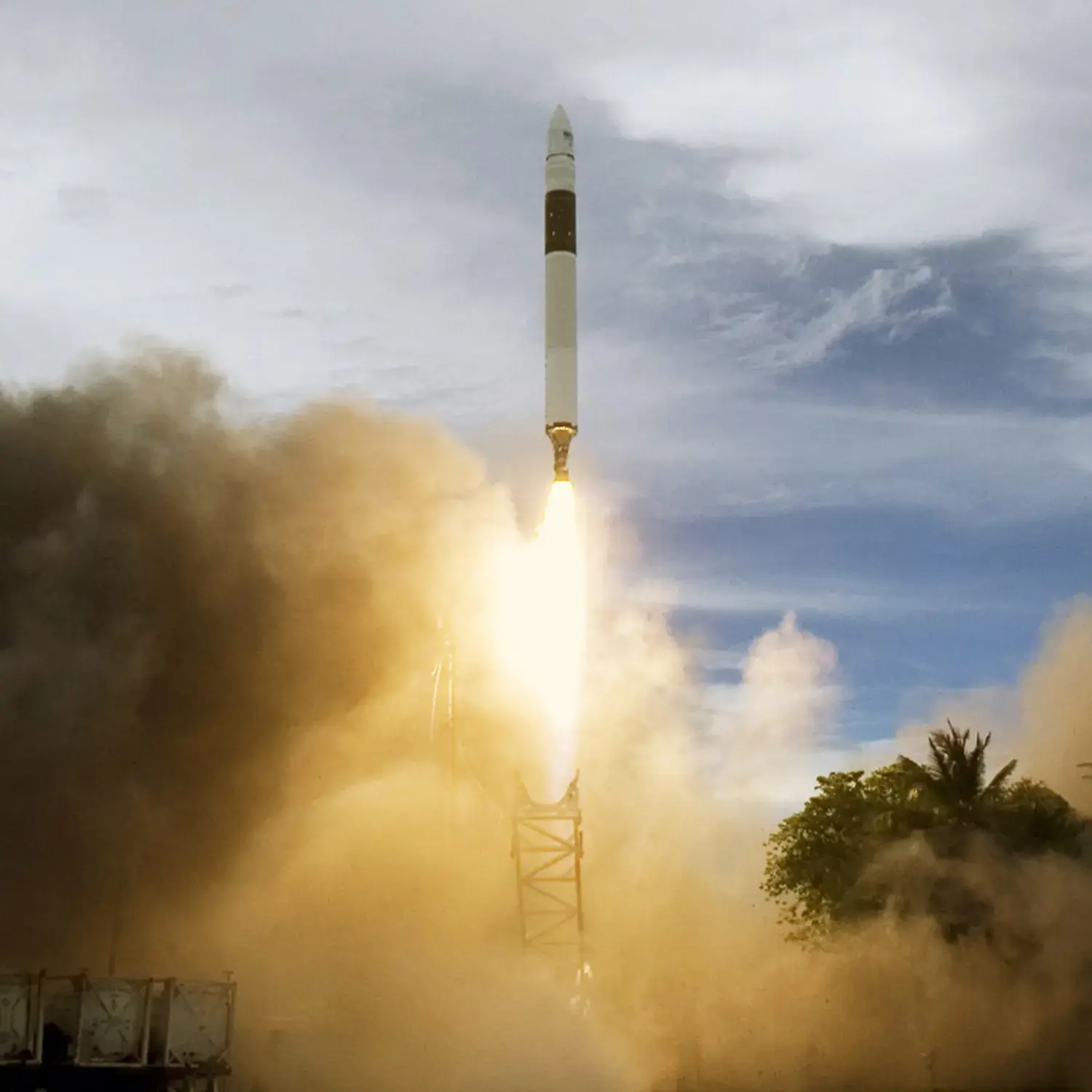Trailblazer, PreSat & Nanosail-D
Launch Failure
Liftoff Time (GMT)
03:34:00
Sunday August 3, 2008
Watch Replay
Official Livestream
Mission Details
Read Article
Launch Notes
The first launch to feature a Merlin IC engine. After a nominal first stage flight, the first and stages collided during stage separation due to residual first stage thrust in the Merlin 1C. This lead to a mission failure and the four experimental payloads were lost.
Trailblazer
Trailblazer was a technology demonstration satellite, which was to have been operated by the United States Air Force and the Missile Defense Agency. It was selected for launch under a "Jumpstart" contract, to demonstrate responsiveness, with the final payload being chosen less than a month ahead of the scheduled launch date, and was launched as the primary payload of the third Falcon 1, which failed just over two minutes after launch on 3 August 2008. It was originally built for a cancelled MDA project, and was based on a SpaceDev MMB-100 satellite bus.
Low Earth Orbit
1 Payload
83 kilograms
PreSat
The PharmaSat Risk Evaluation (PRESat) CubeSat nanosatellite was about the size of a loaf of bread, weighed about 10 pounds and was constructed in just six months. PRESat contained a micro-laboratory with a controlled environment packed with sensors and optical systems that could have detected the growth, density and health of yeast cells in orbit.
Low Earth Orbit
1 Payload
4 kilograms
Nanosail-D
NanoSail-D was a small satellite which was to have been used by NASA's Ames Research Center to study the deployment of a solar sail in space. It was a three-unit CubeSat measuring 30 by 10 by 10 centimetres, with a mass of 4 kilograms. The satellite was lost shortly after launch; however, a replacement, NanoSail-D2, was launched in 2010 to complete its mission. NanoSail-D was to have been operated in a low Earth orbit with a perigee of 330 kilometres, an apogee of 685 kilometres and 9 degrees of inclination. It would have been operational for around seven days, after which time it would have been expected to run out of power. Its solar sail had an area of 10 square metres. The satellite was developed and tested in four months. NanoSail-D2 was built as a ground spare for NanoSail-D. Following the launch failure of NanoSail-D in August 2008, NanoSail-D2 was launched on a Minotaur IV rocket in November 2010, and deployed from the FASTSAT satellite.
Low Earth Orbit
1 Payload
4 kilograms
Launch Site
Ronald Reagan Ballistic Missile Defense Test Site, Marshall Islands
Fastest Turnaround
56 days 19 hours
Stats
Falcon 1
3rd
Mission
1st
Mission of 2008
SpaceX
3rd
Mission
1st
Mission of 2008
2008
38th
Orbital launch attempt

